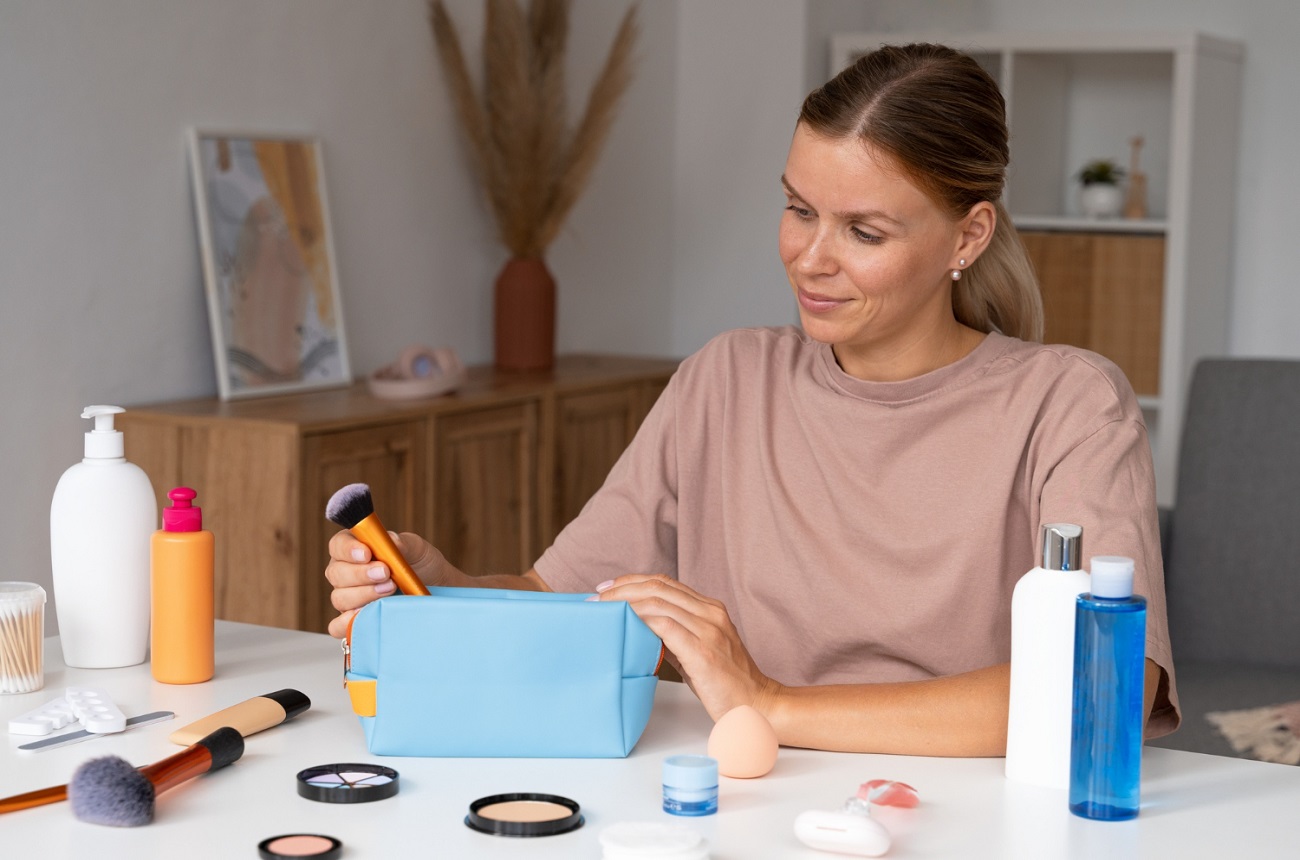Verify Your Email Address
Please ensure to verify your email for confirmation. We recommend checking your spam and trash folders as well.

In the ever-evolving world of beauty and cosmetics, staying ahead of trends is paramount for private label brands aiming to carve out a niche and capture market share. With consumers increasingly seeking unique, innovative products, it’s crucial for cosmetics companies to anticipate and adapt to changing trends swiftly. Here are some actionable strategies to help private label cosmetics brands maintain a competitive edge:
Conduct thorough market research to identify emerging trends and consumer preferences. Utilize tools such as social media monitoring, trend forecasting reports, and industry publications to stay informed about shifts in consumer behavior and preferences.
Forge partnerships with industry experts, influencers, and beauty professionals to gain insights into upcoming trends and consumer preferences. Collaborations can help validate product ideas and provide access to a broader audience.
Maintain agility and flexibility in product development and manufacturing processes to quickly respond to emerging trends. Adopt agile methodologies to streamline product development cycles and shorten time-to-market.
Embrace customization and personalization trends by offering bespoke solutions tailored to individual preferences. Utilize technology such as AI-driven beauty advisors and customization platforms to create personalized experiences for consumers.
Respond to growing consumer demand for sustainable and clean beauty products by incorporating eco-friendly ingredients and sustainable packaging solutions into your product offerings. Stay informed about sustainability trends and certifications to align with consumer values.
Allocate resources towards research and development to innovate new formulations, textures, and product formats. Experiment with novel ingredients and technologies to differentiate your products in the market.
Foster open communication channels with consumers through social media, surveys, and feedback mechanisms. Listen to consumer feedback and incorporate their suggestions into product development processes to enhance product relevance and appeal.
Stay abreast of industry developments and best practices by attending trade shows, conferences, and workshops. Invest in employee training and development to ensure your team is equipped with the latest knowledge and skills.
Develop a strong brand identity and narrative that resonates with your target audience. Utilize storytelling and experiential marketing techniques to create memorable brand experiences and foster consumer loyalty.
Keep a close eye on competitors’ activities and product offerings to identify gaps and opportunities in the market. Analyze competitor strategies and benchmark your performance to stay ahead of the competition.
By implementing these strategies and maintaining a keen focus on innovation, quality, and consumer satisfaction, private label cosmetics brands can position themselves as leaders in the dynamic and competitive beauty industry landscape. Stay agile, stay informed, and stay ahead of the curve to unlock success in the world of private label cosmetics.

High Quality, Low Price, No Minimum, One-stop Private Customized Cosmetics Shopping Website.
| Cookie | Duration | Description |
|---|---|---|
| cookielawinfo-checkbox-analytics | 11 months | This cookie is set by GDPR Cookie Consent plugin. The cookie is used to store the user consent for the cookies in the category "Analytics". |
| cookielawinfo-checkbox-functional | 11 months | The cookie is set by GDPR cookie consent to record the user consent for the cookies in the category "Functional". |
| cookielawinfo-checkbox-necessary | 11 months | This cookie is set by GDPR Cookie Consent plugin. The cookies is used to store the user consent for the cookies in the category "Necessary". |
| cookielawinfo-checkbox-others | 11 months | This cookie is set by GDPR Cookie Consent plugin. The cookie is used to store the user consent for the cookies in the category "Other. |
| cookielawinfo-checkbox-performance | 11 months | This cookie is set by GDPR Cookie Consent plugin. The cookie is used to store the user consent for the cookies in the category "Performance". |
| viewed_cookie_policy | 11 months | The cookie is set by the GDPR Cookie Consent plugin and is used to store whether or not user has consented to the use of cookies. It does not store any personal data. |
Please ensure to verify your email for confirmation. We recommend checking your spam and trash folders as well.